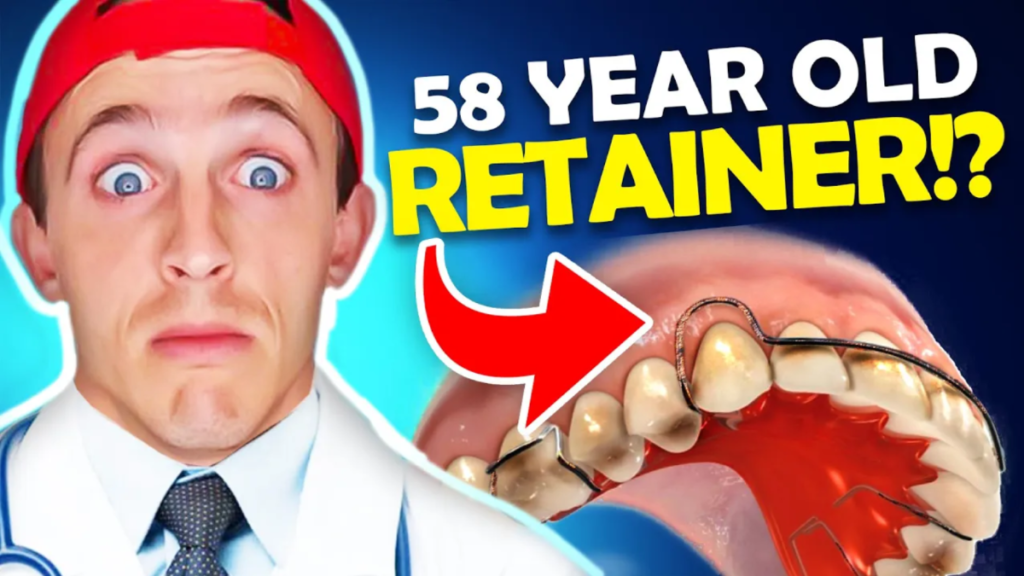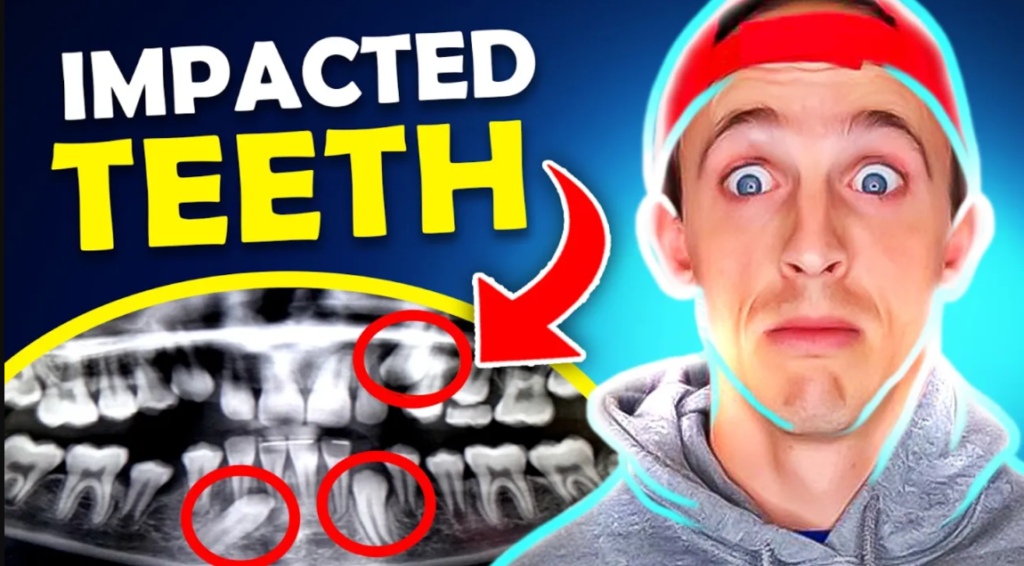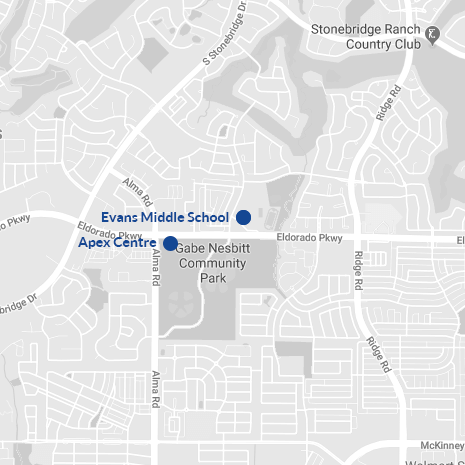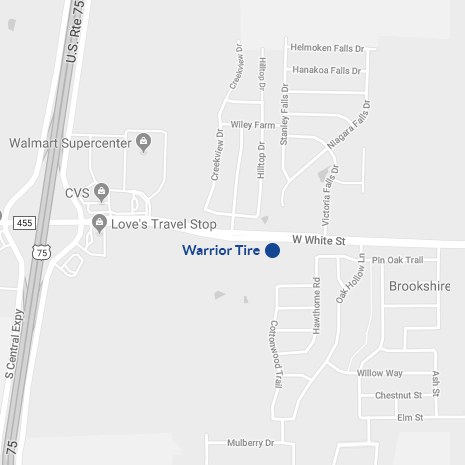The Longevity of Retainers: A 58-Year Success Story at Packard Family Orthodontics
October 4th, 2023

Are you in need of a retainer? Perhaps you should consider this option. Read on so I can guide you through the journey of achieving straight teeth and beautiful bites.
Recently, during a consultation, I came across something fascinating that I just had to share with you all. This discovery is all about teeth, specifically, retainers. The patient I met had gone through orthodontic treatment years ago—braces, aligners, the whole shebang. Remarkably, after 58 years, they found themselves back in the orthodontic office because their retainer had broken. Yes, you heard that right, 58 years later!
Now, not everyone might be thrilled about having a retainer for nearly six decades, but for those of you passionate about maintaining your straight teeth and not letting them shift back to their pre-braces state, retainers are crucial. Did you know that some people become members of the "relapse club"? This means that after getting their teeth straightened and closing any gaps or fixing their bite, they gradually stop wearing their retainer. Over time, the retainer stops fitting, and their teeth start to shift again.
A general rule of thumb, or rather, a rule for life, is that you should wear retainers for as long as you want to keep your teeth straight and your spaces closed. If you decide to give up on this endeavor, you'll likely see your teeth shifting again over time, and that might not make you very happy.
Now, let's get back to that incredible 58-year-old retainer. It might not be the exact design, but it's commonly known as a Hawley retainer. It features acrylic in the middle, which is a somewhat harder material, surrounded by wires that are embedded into the acrylic and go around the teeth. This type of retainer is very effective and durable. Orthodontists often use Hawley retainers because of their reliability.
Unfortunately, there's no definitive research suggesting that one retainer type is better than another in terms of how they hold teeth in place. Different retainers have different uses and advantages. For example, Hawley retainers like this one may not be the most cosmetic option, but they are sturdy and effective.
That said, just because one person managed to keep their retainer for 58 years doesn't mean you will too. Everyone's bite is different, and factors like teeth grinding or the occasional misplacement by a curious pet can affect the lifespan of a retainer. So, it's essential to consult your local orthodontist to determine the best retainer type for your unique needs.
In conclusion, while it's impressive that one patient's retainer lasted for 58 years, it doesn't mean you should aim for the same duration. The key takeaway here is that retainers are essential for maintaining straight teeth and closed spaces. Don't hesitate to reach out to us for a consultation. We look forward to welcoming you to become a part of the Packard Family Orthodontics community!





